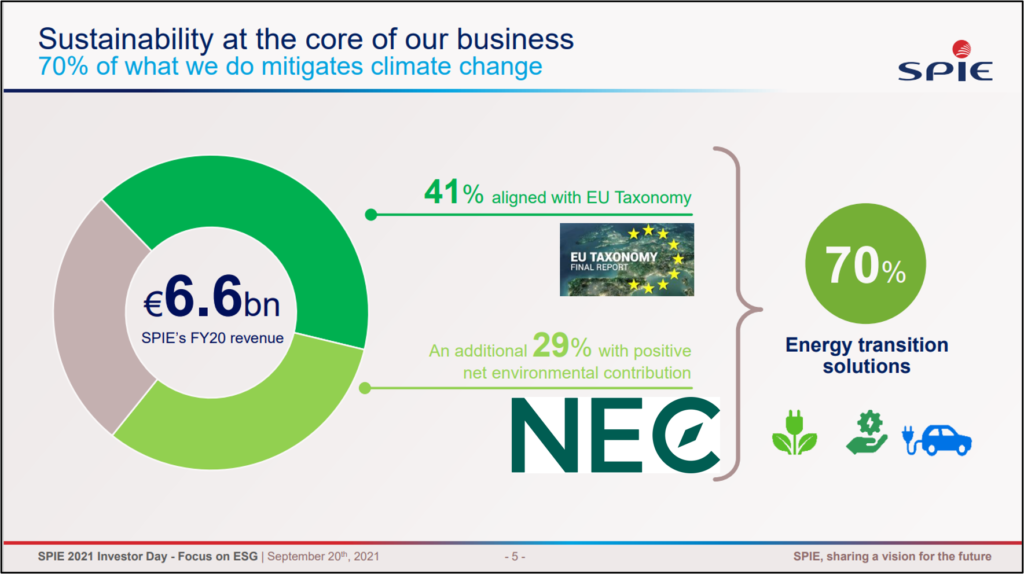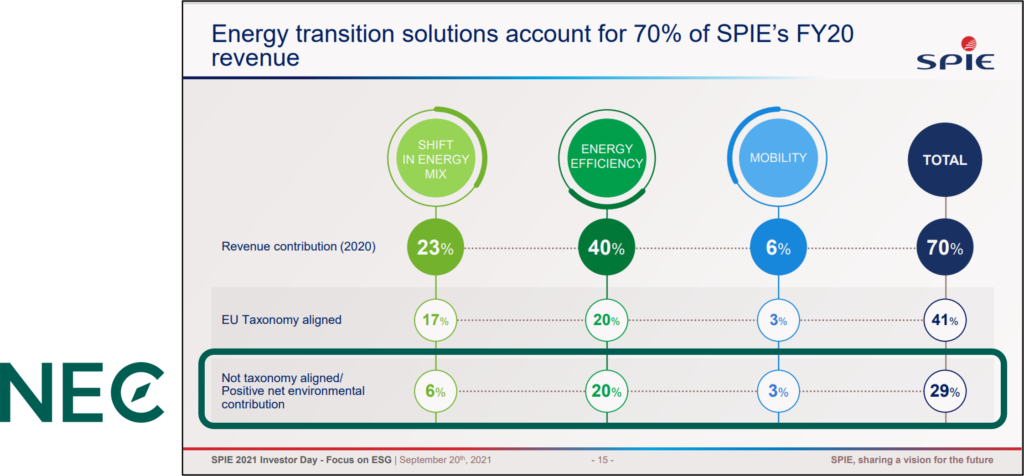You want to understand the impact of your activities, and their level of contribution to the ecological transition? The NEC metric will allow you to measure your impact, as a basis for impact-reduction strategy.
Why use the NEC metric?
- The NEC is a holistic metric: it gives a vision of the impact not only on climate, but also on biodiversity and resources;
- Its bottom-up and life cycle analysis approach provides an understanding of the environmental impact, business-unit-by-business-unit;
- It is a relative metric. All business units, activities or suppliers can be compared and ranked.
What is it used for?
The NEC metric can be used to compare, rank and set targets. Whatever the product or service, it is useful for gaining an in-depth understanding of your impact. It is also a reliable tool to guide your environmental action plan.





